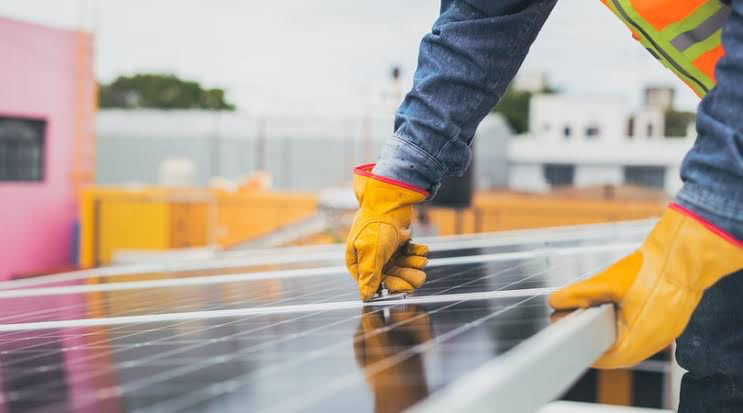Bayero University in Kano, northern Nigeria, has opened a new solar power and battery storage facility, marking a significant step toward sustainable energy. This advancement contributes to a larger initiative in West Africa to adopt greener energy sources, strengthening the energy security and sustainability of the region.
With 60 kWh of battery storage, a 58 kW inverter, and 79 kWp of solar photovoltaics (PV), the facility has a strong configuration. It is intended to provide the university’s Department of Chemical and Petroleum Engineering as well as the larger campus community with dependable, reasonably priced, and environmentally friendly electricity. This project reduces dependency on non-renewable power and mitigates environmental effects in line with the global shift toward renewable energy sources.
Funded by the Economic Community of West African States’ (ECOWAS) Special Intervention Fund (ESIF), the project was implemented by ECOWAS’s Centre for Renewable Energy & Energy Efficiency (ECREEE). This initiative is part of ECREEE’s mission to improve sustainable energy access across the region, addressing the increasing energy demands of West Africa’s growing population and economy.
Further advancing the region’s energy capabilities, ECREEE recently established two energy efficiency light testing laboratories in The Gambia in collaboration with the Ministry of Petroleum and Energy (MOPE), The Gambia Standards Bureau (TGSB), and the United Nations Industrial Development Organization (UNIDO). These state-of-the-art facilities, including a sphere energy efficiency testing laboratory and a photogoniometer light testing laboratory, position The Gambia as a leader in energy efficiency testing in West Africa. The laboratories enable rigorous testing of various types of lighting under established Minimum Energy Performance Standards (MEPS), supporting higher energy standards across domestic, industrial, commercial, and airport lighting.
The disparity between supply and demand for energy in West Africa at the moment is striking. According to ECREEE, just 42% of the population has access to electricity, while the installed capacity currently in place only covers less than 40% of the region’s demand. This deficiency makes building out energy infrastructure imperative because it severely hinders industrial development and negatively impacts productive activity.
In response, the goal of the ECOWAS West African Clean Energy Corridor initiative is to install 7.6 GW of renewable energy capacity in each of the 15 member nations of the region by 2030. This comprehensive strategy demonstrates the region’s dedication to using its abundant renewable energy resources to promote sustainable development.
West African renewable energy deployment has enormous potential, according to researchers from the Finnish University LUT, who have identified sun photovoltaics (PV) as the primary source for a hypothetical region’s 100% renewable electricity system. They observed that the ECOWAS area is rich in renewable energy resources, such as biomass, solar PV, wind, and hydropower, which are all widely dispersed throughout the region and have the potential to deliver cheap, dependable electricity.
Hydropower, which is the primary energy source in certain nations, currently accounts for the majority of renewable energy output in West Africa. On the other hand, it is anticipated that the region’s power mix would alter considerably due to the expansion of solar PV, wind energy, and hydropower, supporting both economic development and environmental sustainability.



